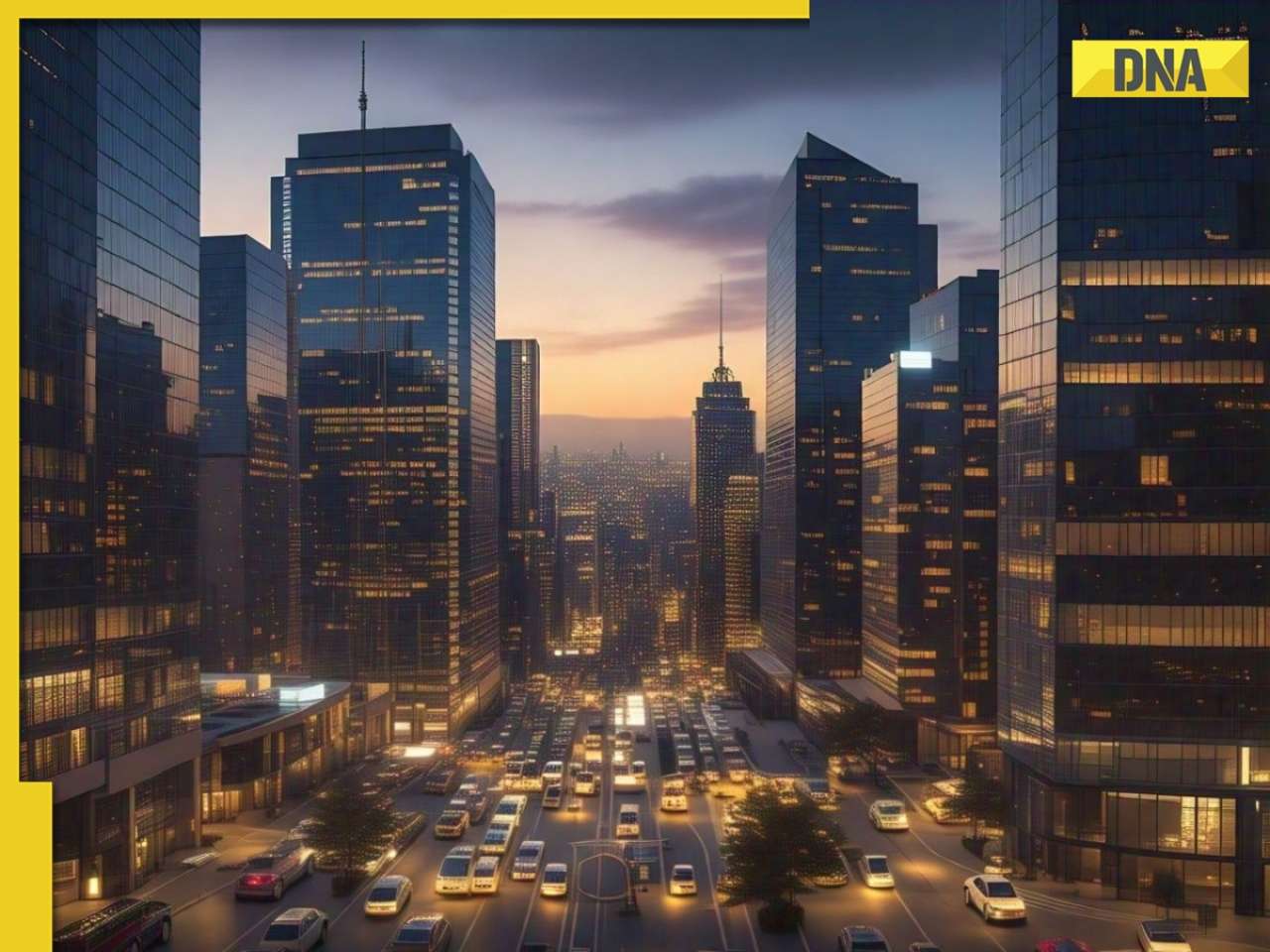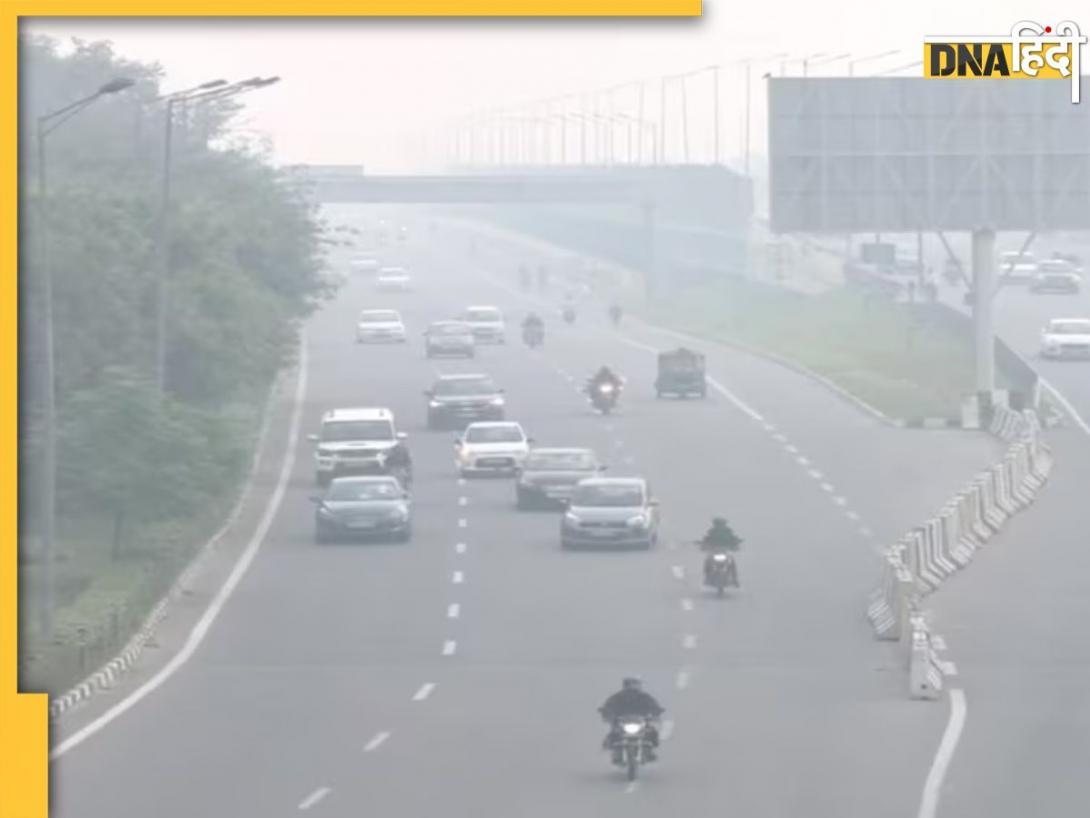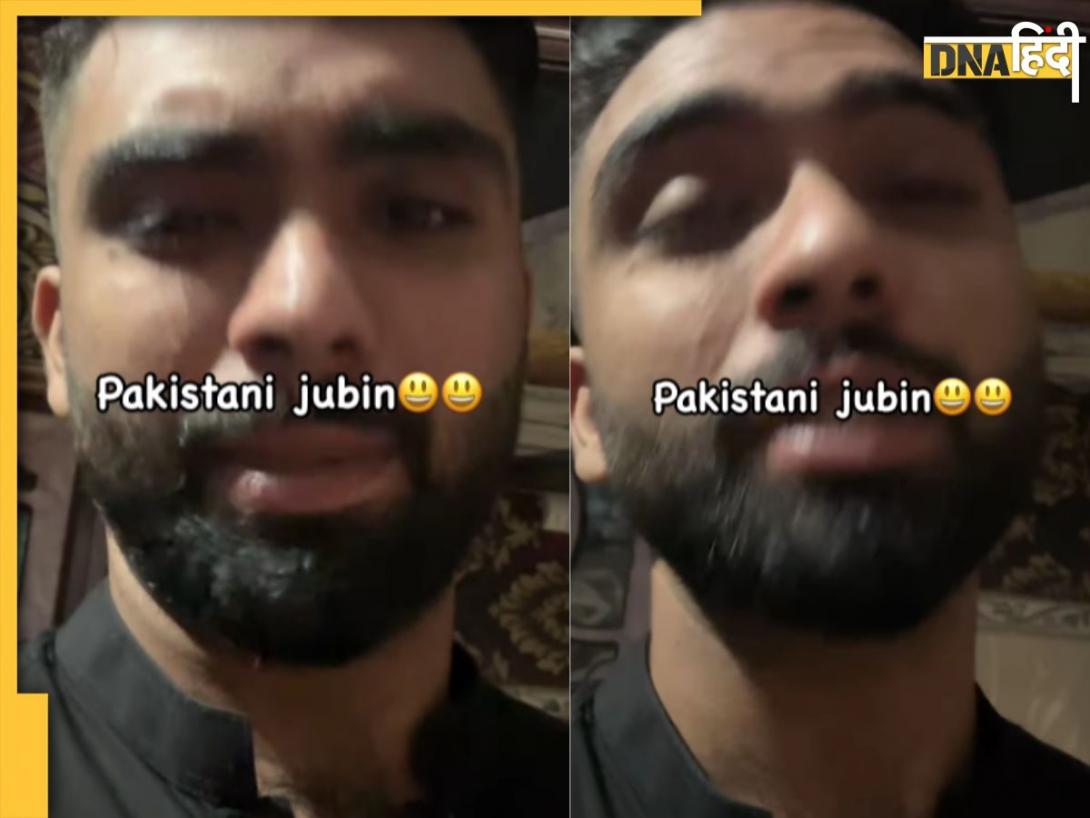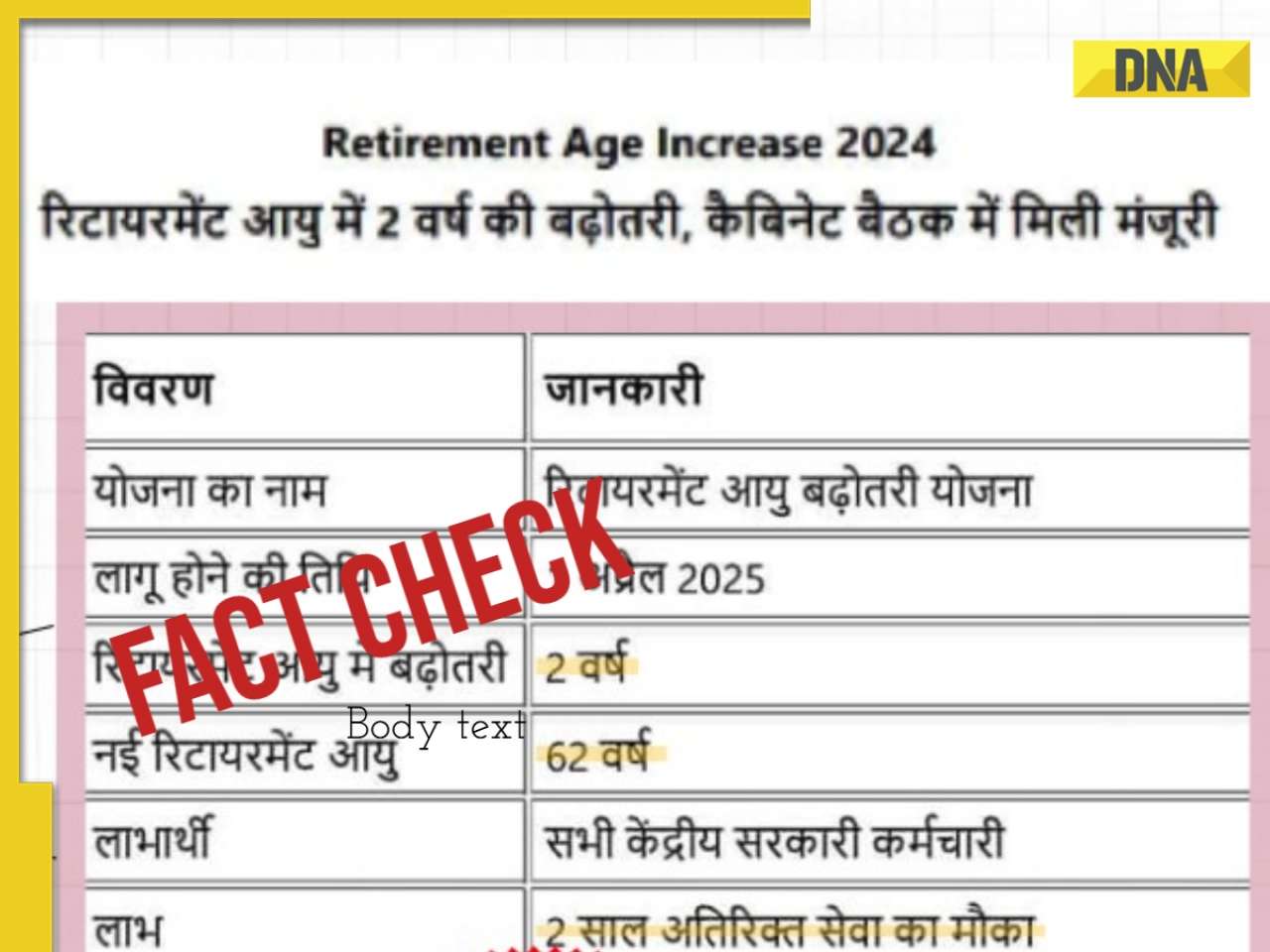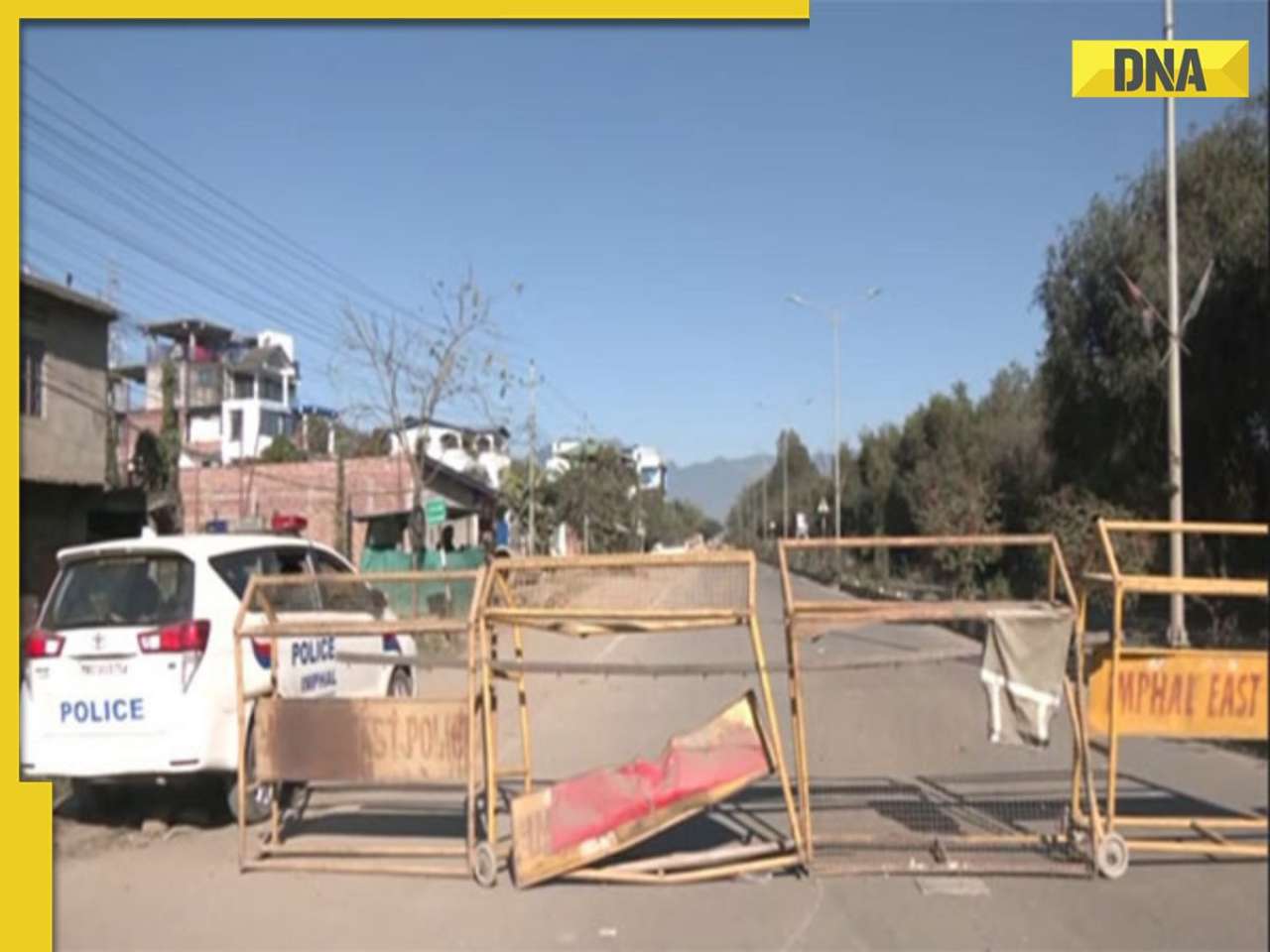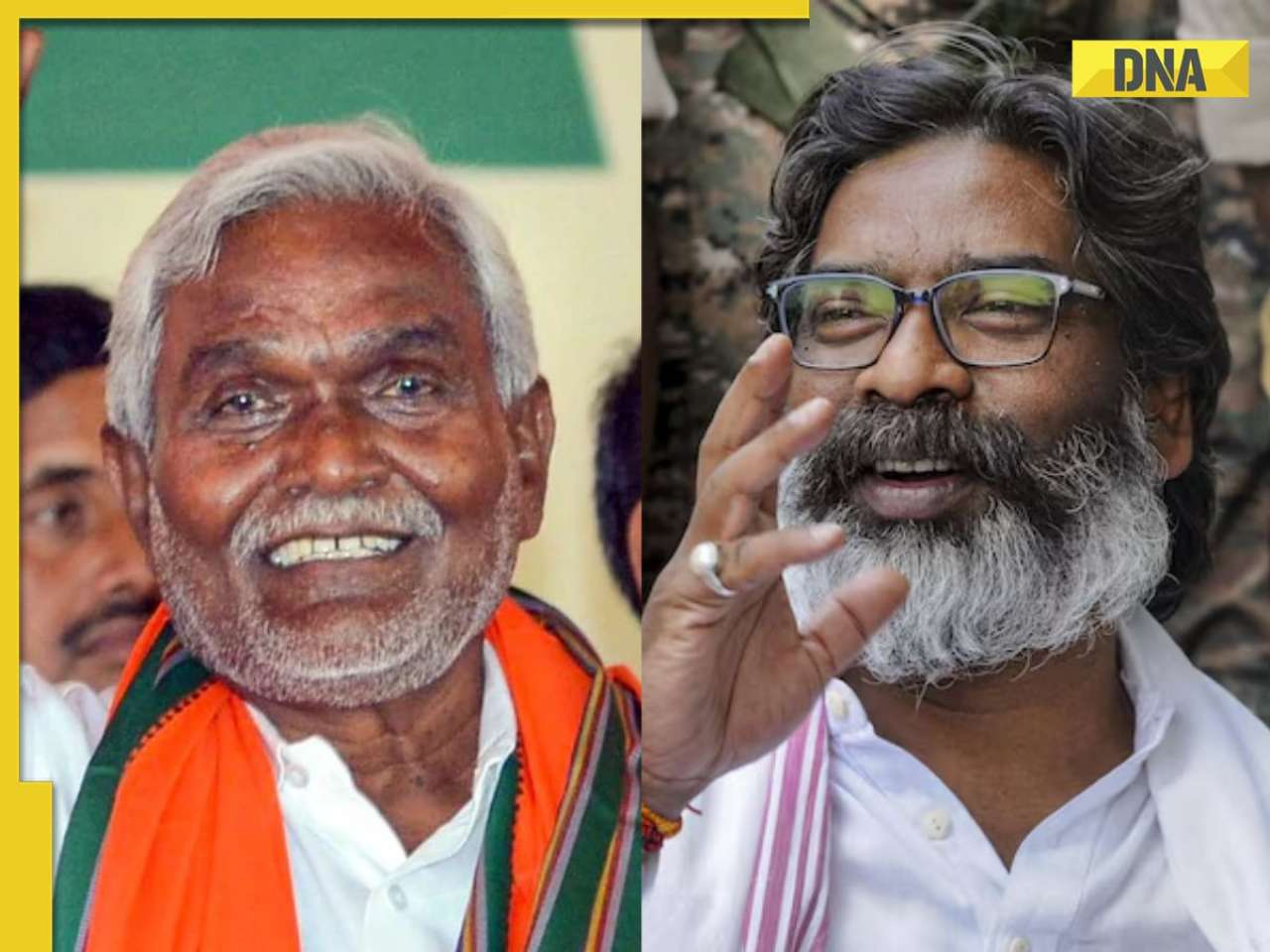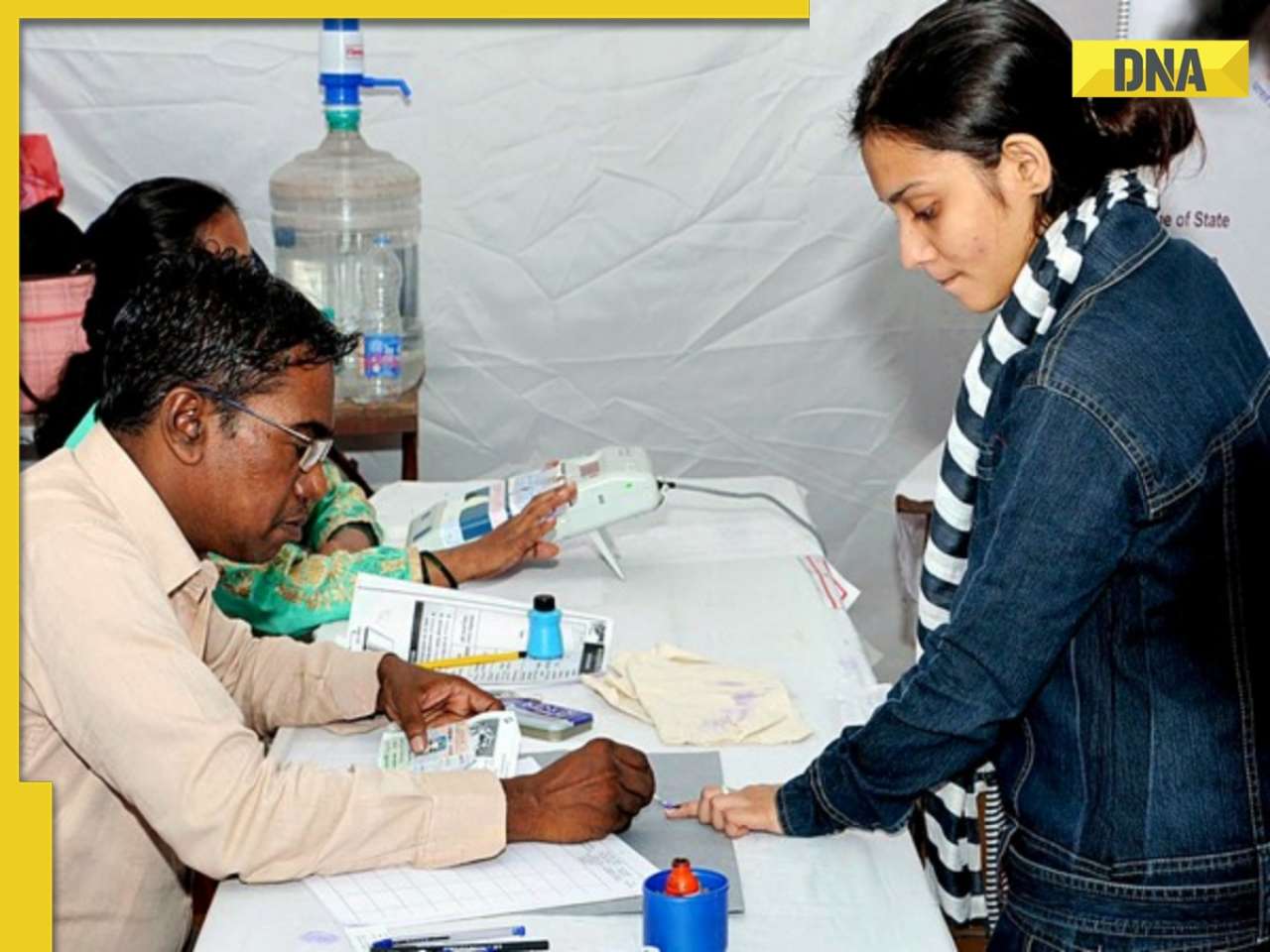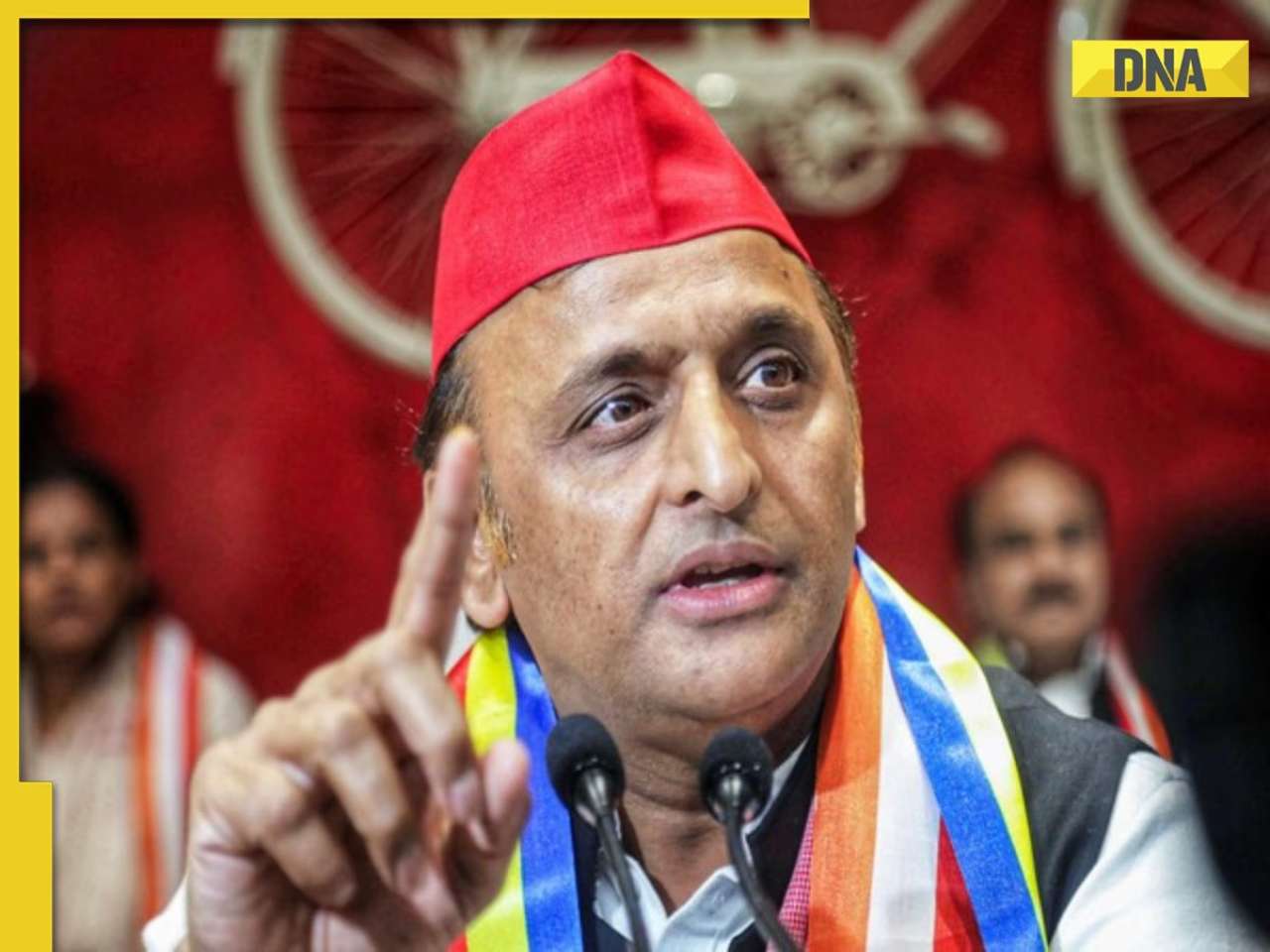- LATEST
- WEBSTORY
- TRENDING
EXPLAINER
Bangladesh in a crisis: A coup, protests and a fleeing Prime Minister
Bangladesh’s top general, Waker-Uz-Zaman, announced plans to create a temporary government that includes all political parties. This decision comes after discussions with the stakeholders involved. The general said Prime Minister Shiekh Hasina had stepped down to make way for this new dispensation and left Bangladesh. Hasina is believed to have arrived in Agartala, India. The Dhaka Tribune reported that no one from the Awami League, the political party of the former Prime Minister, was present at the meeting with the army and other political parties.
TRENDING NOW
Bangladesh’s top general, Waker-Uz-Zaman, announced plans to create a temporary government that includes all political parties. This decision comes after discussions with the stakeholders involved. The general said Prime Minister Shiekh Hasina had stepped down to make way for this new dispensation and left Bangladesh. Hasina is believed to have arrived in Agartala, India. The Dhaka Tribune reported that no one from the Awami League, the political party of the former Prime Minister, was present at the meeting with the army and other political parties.
The general urged everyone to stop the violent protests and said they would also talk to President Mohammed Shahabuddin to figure out the next steps. He promised that the new government would make sure that those who died during the student protests against discrimination would receive justice. Professor Asif Nazrul, a well-known law professor at Dhaka University, has been asked to help convince the students to stop their protests.
Insiders say the Indian embassy in Dhaka helped Hasina escape to safety in India. A military helicopter flew her to India around 2:30 pm on Monday. A close adviser of Hasina shared that she wanted to make a speech to the people of Bangladesh before leaving, but was not able to. The latest media reports quoted official sources as saying that Hasina had landed at the Hindon Air Force base in Uttar Pradesh’s Ghaziabad and is expected to leave almost immediately for London.
Lakhs of protesters from across the country headed to capital Dhaka on Monday (August 5)—and had, more or less, taken over possession of the Prime Minister’s residence—after a violent weekend that resulted in many deaths. In response to the chaos, the military imposed an indefinite curfew and the authorities shut down Internet access to try to control the situation. The protesters were calling for Hasina to resign and for justice for the people who were killed. Local media reports said that, since the violence started in July, almost 300 people had died.
In response to the unrest in Bangladesh, the Indian Border Security Force (BSF) has increased security along the India-Bangladesh border.
Bangla Protests: Situation So Far
The protests, which have brought hundreds of thousands of people to the streets, started in July. Students rse in protest against a controversial quota system that reserved government jobs for the descendants of the freedom-fighters who had fought for the country’s independence. But all it took for the ongoing protests to escalate into full-fledged violence in the country—resulting in widespread clashes between the ruling Awami League’s student wing and the protesters—was a statement by Hasina referring to the ‘Razakars’.
Tensions shot up on July 14 when Hasina made a caustic remark in responde to a journalist’s question about the quota reform protesters. She asked why the agitators resented the country’s freedom-fighters and whether the grandchildren of the ‘Razakars’ should get the privilege instead. The ‘Razakars’ were local collaborators during Bangladesh’s War of Independence who had openly helped the Pakistani military during the 1971 War, acting against the interests of their own people. The ‘Razakars’ were also accused of committing heinous atrocities against the freedom-fighters and civilians, turning their legacy equivalent to that of traitors in modern Bangladesh’s history.
The situation became more volatile on July 16 when student protesters clashed with security officials and government supporters. In response, the authorities used tear gas, fired rubber bullets and imposed a curfew with orders to shoot at sight. They also shut down Internet and mobile data services. The government reported that almost 150 people had died last month. However, local media had claimed that the death toll was over 200.
The situation was getting back to normal after the country’s topmost court decided to reduce the quota system—a major demand of the protesters. However, the protests continued to grow, attracting people from all backgrounds and gaining support from the main Opposition parties. A new wave of anti-government demonstrations continued into the weekend, leading to more violent clashes. Sunday was the deadliest day, with local media reporting at least 95 deaths. Schools and universities, which closed last month, are still shut.
What Are the Protests All About?
Initially, the protests were against the quota system that reserved up to 30% of government jobs for families of veterans who had fought in Bangladesh’s 1971 independence war against Pakistan. The protesters said the balance was tilted heavily to favour supporters of Hasina’s Awami League party, which had led the independence movement.
As the violence escalated, the Supreme Court ruled last month that the veterans’ quota should be reduced to 5%, with 93% of jobs based on merit. The remaining 2% of jobs would be reserved for ethnic minorities, transgender individuals and people with disabilities.
This should have calmed the students and ended the protests. However, the movement was taken over by the Opposition parties and hardline fundamentalists. The protesters then came up with new demands. They wanted that the home minister and police chief step down over the protesters’ deaths, besides wanting an apology from Hasina.
The government should have quickly invited the protesting students for talks and made some conciliatory gestures, but it did nothing. The protests grew more intense after the Friday prayers on August 2 and escalated over the weekend. It is believed that, during the Friday prayers at various mosques across the country, Islamist clerics called for an uprising against the government.
Such groups as the Islami Shashontantra Andolan, which supports Islamic rule based on the Sharia in Bangladesh, openly joined the protests from Friday. This is clear from images showing adult men wearing skull caps and lungis, armed with sticks and blades, on the streets of Dhaka and other parts of the country.
Editor Languages, DNA India, Tanweer Azam, on Monday, offered an explanation of the current situation in Bangladesh. He said that Sheikh Hasina had been the Prime Minister for the past 10-14 years. She was accused of completely destroying the Opposition and democracy and had been running the country with an iron grip so long despite the inflation and increasing cost of living there.
“I think this is pent up anger because of that reason,” Azam said. “We’ve seen such things in other countries where leaders turn autocrats, such as in Egypt. I won’t call this a military coup because it was a people’s protest. At least for now, there won’t be democracy till the next elections take place.”
(The author of this article is a Defence, Aerospace & Political Analyst based in Bengaluru. He is also Director of ADD Engineering Components, India, Pvt. Ltd, a subsidiary of ADD Engineering GmbH, Germany. You can reach him at: girishlinganna@gmail.com)
Disclaimer: The views expressed above are the author's own and do not reflect those of DNA)
Find your daily dose of news & explainers in your WhatsApp. Stay updated, Stay informed- Follow DNA on WhatsApp







)
)
)
)
)
)
)
)
)
)
)
)
)
)
)
)






